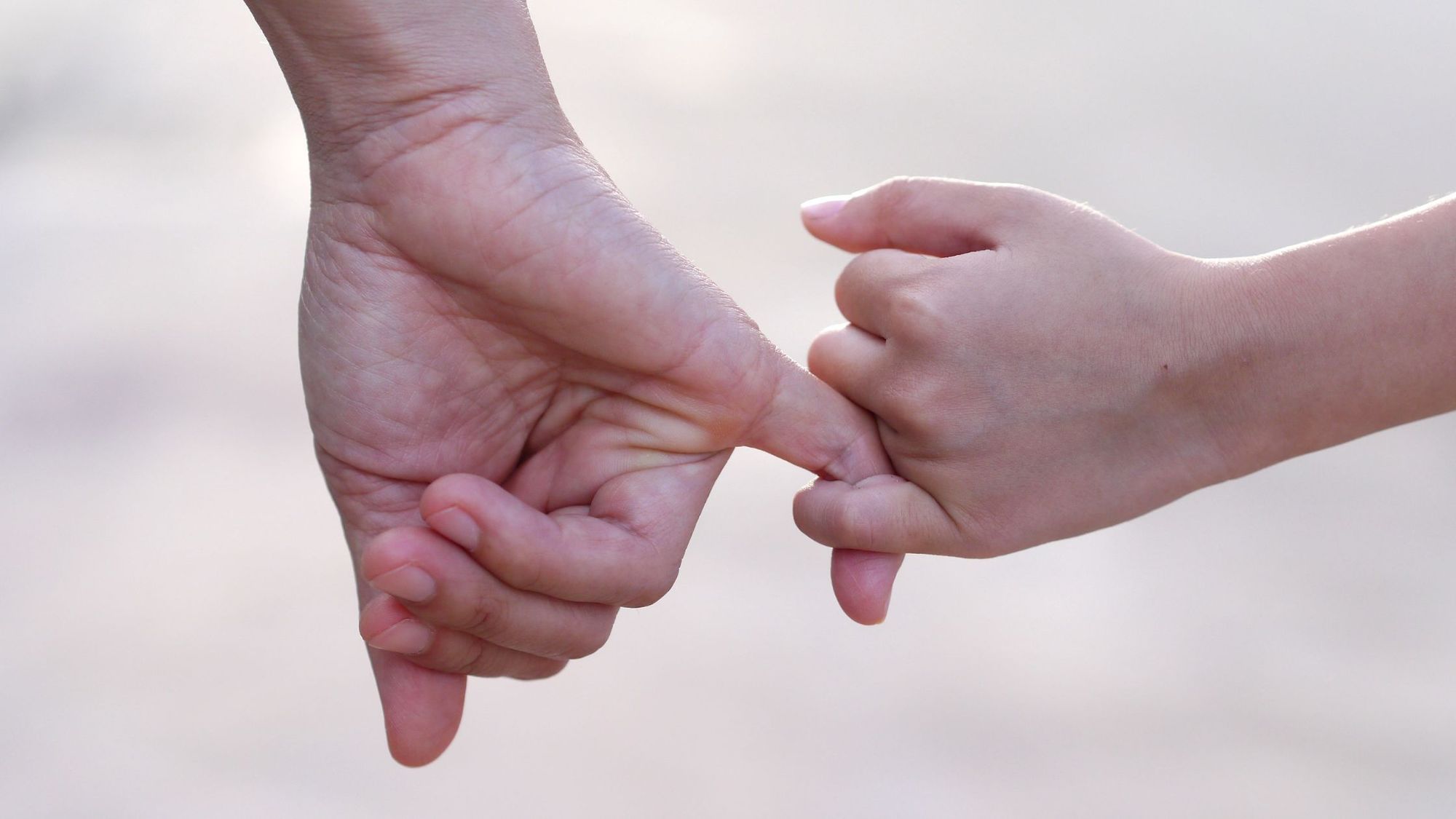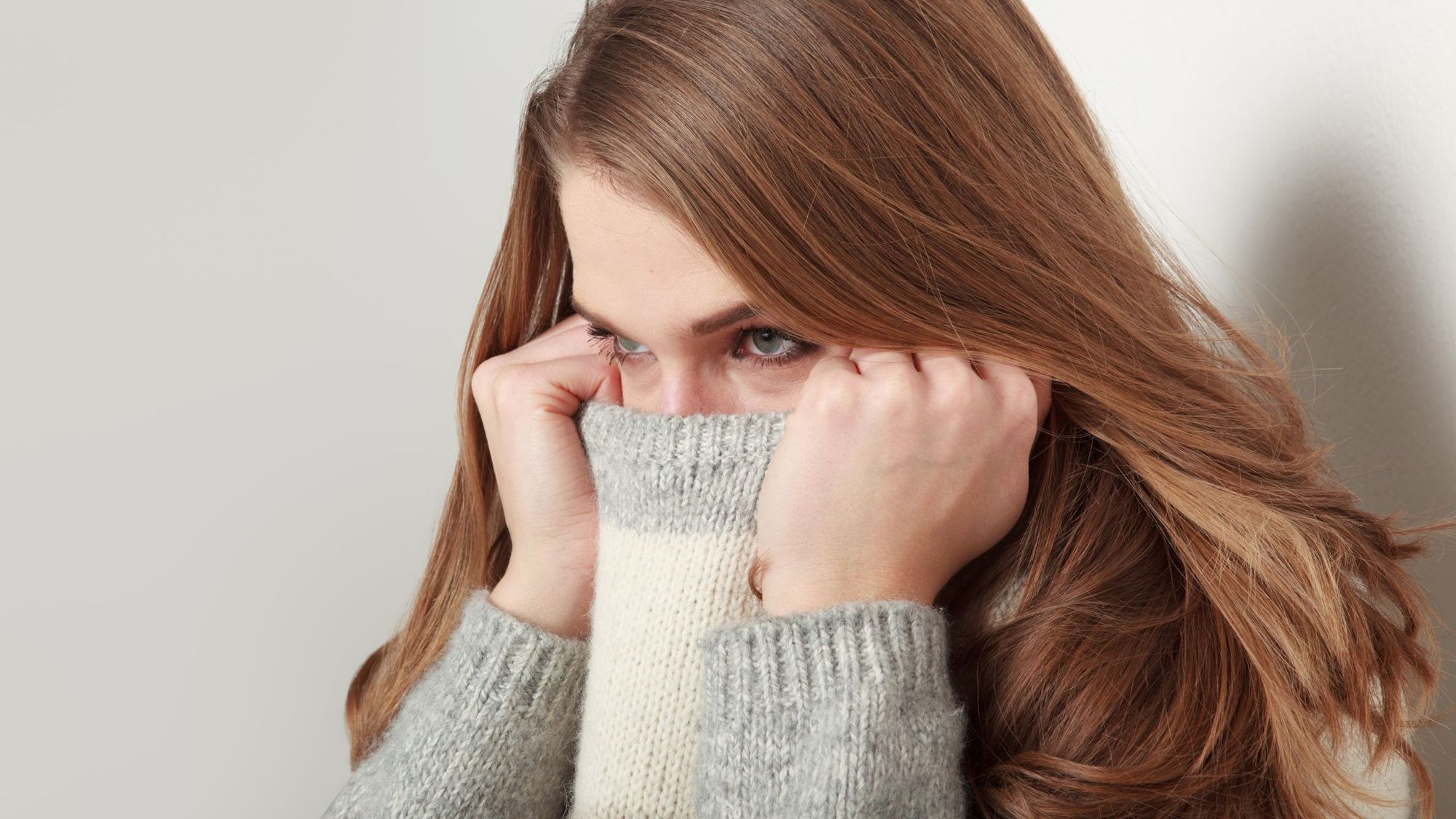
If you don’t know your attachment style, you stand to benefit a great deal once you uncover it. Your attachment style can explain why you behave the way you do in relationships, what you will or won’t perceive as a threat in the world, how you handle conflict, and much more.
The attachment theory is one of the most accurate psychological theories and relationship sciences out there. Today’s top psychologists and therapists reference it in therapy all the time.
The attachment theory can explain a lot about human behavior, interactions, and relationships. It was first developed by psychologist Mary Ainsworth and psychiatrist John Bowlby in the 1950s. Many of today’s top relationship advice books have been based on their theories of attachment styles.
The secure attachment style is undeniably the healthiest attachment style. Anxious, avoidant, and fearful-avoidant attachment styles, on the other hand, are all considered to be ‘insecure’ attachment styles. If your parents or your caregiver was unreliable, neglectful, avoidant or abusive, you might have developed one of these insecure attachment styles.
Your early childhood experiences do shape your attachment style, but your attachment style is also partially genetic.
One of the adult dynamics most impacted by attachment style is the adult romantic relationship dynamic, but attachment styles can impact other relationships and scenarios as well.

What Are the Different Attachment Styles?
When psychologists say that your childhood has lasting impacts and shapes who you become as an adult, this is not psychobabble. There’s a lot of truth behind it, and the attachment theory is one of the relationship sciences that proves this.
A person’s attachment style is largely shaped by their early childhood experiences. It’s based on how their caregivers such as their mother and father cared for them, or in some cases, neglected or abandoned them.
In addition to early childhood experiences, general life experiences (including trauma that occurs when you’re an adult) can also impact your attachment style.
The four attachment styles are:
1. Anxious attachment style
2. Avoidant attachment style
3. Fearful-avoidant attachment style
4. Secure attachment style
The three main attachment styles, however, are simply ‘anxious’, ‘avoidant’, and ‘secure’. This is because only about 5% of the global population is a ‘fearful-avoidant’, which is the rarest attachment style and sometimes referred to as the ‘disorganized’ attachment style. Most people fall under one of the three main attachment styles. Therefore, most of the literature out there is on the three main attachment styles.
These attachment styles impact us as adults, and one of the adult experiences impacted the most by attachment styles is adult relationships.
For one thing, some people can’t keep a relationship if they’re too anxious (which can manifest as ‘clingy’ behavior) or too avoidant (neglecting the relationship and the other person’s needs.)
Furthermore, if a person constantly experiences conflict with their partner, this conflict could be due to clashing or opposing attachment styles with their partner. For example, if you have an anxious attachment style, you might struggle to make it work with someone who has an avoidant attachment style, and vice versa.
This is why it’s so important to not only find out your attachment style, but to also find out your partner’s attachment style.
The secure attachment style is the healthiest and most desirable attachment style to have. Anxious and avoidant attachment styles tend to cause a lot of problems for people, especially relationship problems, and this is backed by research. This can make people with these attachment styles wish they had a secure attachment style.
You can learn or ‘earn’ a secure attachment style over time, and this is referred to as an ‘earned secure attachment style’.
Let’s go over each of the different attachment styles so that you can figure out which one sounds the most like you. We’ll be referencing one of the most renowned books on attachment theory out there. The book is entitled Attached, and it was written by Dr. Amir Levine and Rachel Heller.

1. Anxious Attachment Style
The name of this attachment style says it all. Those who have an anxious attachment style typically know that this is their attachment style. Those who are chronically anxious tend to know this about themselves.
However, with the help of Levine and Heller’s book Attached, which bases its questionnaire on the updated Experience in Close Relationships (ECR) questionnaire from Kelly Brennan, Catherine Clark, and Phillip Shaver, you can decipher your attachment style. The updated questionnaire was developed by Chris Fraley, Niels Waller, and Kelly Brennan, and it is called the ECR-R questionnaire. Levine and Heller modified it for adult relationships.
Below are some signs that you might have an anxious attachment style:
- Overly preoccupied with your relationship, including often worrying about your partner’s ability to love you back, or often worrying your partner will stop loving you or will find someone else.
- Hypersensitivity to perceived rejection.
- Constant desire for contact with your partner.
- Jumping to the worst conclusions when you don’t hear from them.
- Fear of abandonment.
- Always worrying about hypothetical scenarios or perceived threats.
- Consistent need for intimacy and closeness.
- A desire to share your innermost feelings and have deep conversations with your partner; a desire for vulnerability.
- Fear of being alone, including fears that if your partner leaves you, you won’t be able to find someone else.
- Anxious feelings about not being good enough, smart enough, good-looking enough, etc.
- You find yourself searching for ways to get closer to your partner, your friends, or anyone who acts a little avoidant with you.
If someone with an anxious attachment style tries to date someone with an avoidant attachment style, their partner’s avoidant personality will only exacerbate their anxiety. This dynamic could easily become a toxic relationship.
Those with an anxious attachment style will experience many problems in relationships due to their anxiety and fear of abandonment. This attachment style can be ‘unlearned’ through therapy.
2. Avoidant Attachment Style
Some avoidants are well aware that they have an avoidant attachment style, but other avoidants are in denial about the fact that they’re an avoidant.
Those with an avoidant attachment style tend to equate intimacy with a loss of independence, and they tend to try to minimize closeness with various distancing strategies.
Do you have an avoidant attachment style? The closer your partner wants to get to you, the more you try to create distance?
If you have an avoidant personality, you likely have an avoidant attachment style.
Below are some signs that you have an avoidant attachment style:
- Your independence is much more important to you than falling in love or being in a relationship.
- You’re put off by others ‘needing’ you.
- You have a hard time letting someone get close, and you’d rather keep them at arm’s length.
- You can often be uncooperative or withdrawn in relationships.
- You’re very selective about who you’ll share your innermost feelings with, and you’re not that comfortable being vulnerable.
- You find yourself often more attracted to unavailable people, rather than the person who is available to you and wants a relationship with you.
- It makes you nervous when your partner gets too close, or develops strong feelings for you.
- It makes you uncomfortable when your friends seek a friendship dynamic that is too close.
- Sometimes, in dating, when you get who you want, you’re not so sure you want that person anymore.
- Your partners tend to always want to get closer than you’re comfortable with.
- You have difficulty expressing your needs or wants to your partner in a clear manner.
- Instead of communicating, you tend to stonewall your partner, shut down, shut them out, or go silent.
- People complain that you act too aloof.
- People lament that you’re not very communicative.
- You prefer casual relationships with uncommitted partners over intimate relationships with one partner.
- You’re afraid of having someone depend on you.
- The closer someone tries to get to you, the more you find yourself turned off or having the urge to leave.
- Despite there being many things you could do together with your partner, you find excuses to do those things alone instead.
- You often use emotional and physical distancing strategies with the person you’re dating (such as keeping a lot of your thoughts to yourself, not seeing them very often, not calling them very often, etc.)
- You tend to idealize your ex and have thoughts such as, “I don’t think I’ll ever feel that way about another partner ever again.”
- It’s difficult for you to trust people.
- You tend to devalue the relationship you’re in, and reminisce about a past partner. (This is because your ex is at a safe distance, which is when you’re most comfortable giving into your feelings.)
- You only allow closeness and intimacy to take place on your terms.
- You avoid conflict to cope with it, instead of facing it and finding a quick resolution.
Fearful-Avoidant Attachment Style
The main difference between a fearful-avoidant and a regular avoidant is that fearful-avoidants tend to mainly avoid closeness due to fear. They might have an underlying desperation for closeness, but push others away due to fear.
If you’re avoidant more so because you devalue close connections and act more dismissive towards others rather than fearfully shying away from closeness, you’re probably not a fearful-avoidant.
Fearful-avoidants will display signs of having an anxious attachment style, as well as signs of having an avoidant attachment style.
The fearful-avoidant attachment style is essentially a combination of the anxious attachment style and the avoidant attachment style. Someone with this attachment style might notice that they get uncomfortable when their partner gets too close, but they also get uncomfortable when their partner is too distant.
No matter why you’re avoidant in nature, the truth remains the same: You stand to benefit from unlearning your avoidant tendencies.
Levine and Heller describe those with an avoidant attachment style as those who tend to keep love at arm’s length.
Avoidants would need to go to therapy to rewire their brain to stop only wanting what they can’t have, and start appreciating genuine connections while they’re happening.
Avoidants could have a much richer life if they let more people get close, and if they faced problems head-on instead of avoiding conflict.
3. Secure Attachment Style
Finally, let’s go over the secure attachment style, which is the healthiest and most ideal attachment style to have.
In their renowned book, Attached, Levine and Heller state, “If you’re secure, you’re very reliable, consistent, and trustworthy. You don’t try to dodge intimacy or go nuts over your relationships. There’s very little drama in your romantic ties – no highs and lows, no yo-yos and roller coasters to speak of.”
They go on to explain that when someone has a secure attachment style, “Their emotional system doesn’t get too riled up in the face of threat (as with the anxious) but it doesn’t get shut down either (as with the avoidant).”
Below are some signs you likely have a secure attachment style:
- You enjoy closeness in relationships.
- You’re not afraid of commitment.
- Someone being dependent or reliant on you doesn’t terrify you.
- You’re comfortable being vulnerable with others.
- You’re open to a variety of different arrangements in relationships, such as living together or not living together.
- You’re reliable and consistent. For example, you make plans with others in advance and follow through.
- You have good conflict resolution skills and you’re not afraid of facing conflict and finding a resolution.
- You’re a good communicator in relationships. You don’t tend to go ‘off the radar’ or get avoidant, and you also don’t overwhelm people with too much communication.
- You’re very direct with others. If something is bothering you, you’ll speak up. (You don’t play games.)
- You’re great at self-regulating and regulating your emotions, so it’s rare you have emotional ‘outbursts’.
- Expressing feelings comes naturally to you, and you’re not afraid to express your feelings to others.
- You’re trusting.
- Quick to forgive others.
- You’re not threatened by criticism, in fact, you’re open to feedback and criticism.
- Anyone in your inner circle is treated with love and respect.
- You’re consistent.
- Someone else’s availability does not turn you off.
- Confidence in your positive beliefs about yourself and others, and you bring a positive mindset into your relationships.
- Your worth is not based on how others view you. Your self-worth is high.
- You’re comfortable in your own skin.
- External validation is not required for you to feel good, as you’re very good at self-validating.
- You’re easy to connect with.
- Comfortable being alone.
- You feel that your partner’s well-being is important and you feel responsible for ensuring their needs are met.
Earned Secure Attachment Style
An earned secure attachment style is formed when someone with an insecure attachment style (an anxious or an avoidant) slowly shifts and learns a secure attachment style due to positive experiences in adult romantic relationships.
Imagine that your attachment style used to be an insecure attachment style, due to a neglectful parent growing up, a tumultuous home environment, childhood trauma or early experiences of abandonment.
If, as an adult, you enter into a relationship with someone who has a secure attachment style and meets your needs while being reliable and consistent, what could happen? Essentially, this new (secure) dynamic can effectively help you change your attachment style to an earned secure attachment style.
This is because non-avoidant, loving, reliable and consistently secure partners can essentially nurture their insecure partner and help them unlearn some of their anxious or avoidant tendencies. These healthy adult attachments can also help someone with an insecure attachment style dissipate some underlying fears they might have had, so they feel more secure.
An attachment style can change, and it’s often thanks to a partnership with a secure person.
However, sometimes an insecure attachment style can shift to a secure attachment style with the right guidance from a qualified therapist, over time, with work and dedication.
Is Your Attachment Style Genetic?
Certain genes can increase the risk of an insecure attachment style. For example, it can be in your DNA to be more of a ‘worrier’ or to be more neurotic. For more information on certain behavioral and personality traits that you’re genetically more likely to have, take a DNA test from CirlceDNA and read your personality profile. Note that one’s attachment style is primarily based on upbringing and life experiences, but various personality traits associated with anxiety or avoidance are in part genetic, and certain genes can increase the likelihood of an insecure attachment style.
If you do have an insecure attachment style, talk to your therapist about your goal of earning a secure attachment style. Developing a more secure attachment style could change your life in so many wonderful ways.
References:
- Attached: The New Science of Adult Attachment and How it Can Help You Find – and Keep – Love by Amir Levine, M.D., and Rachel S.F. Heller, M.A.
- A REVIEW OF ATTACHMENT THEORY IN THE CONTEXT OF ADOLESCENT PARENTING https://www.ncbi.nlm.nih.gov/pmc/articles/PMC3051370/
- Adult Attachment, Stress, and Romantic Relationships – PMC






Comments are closed.